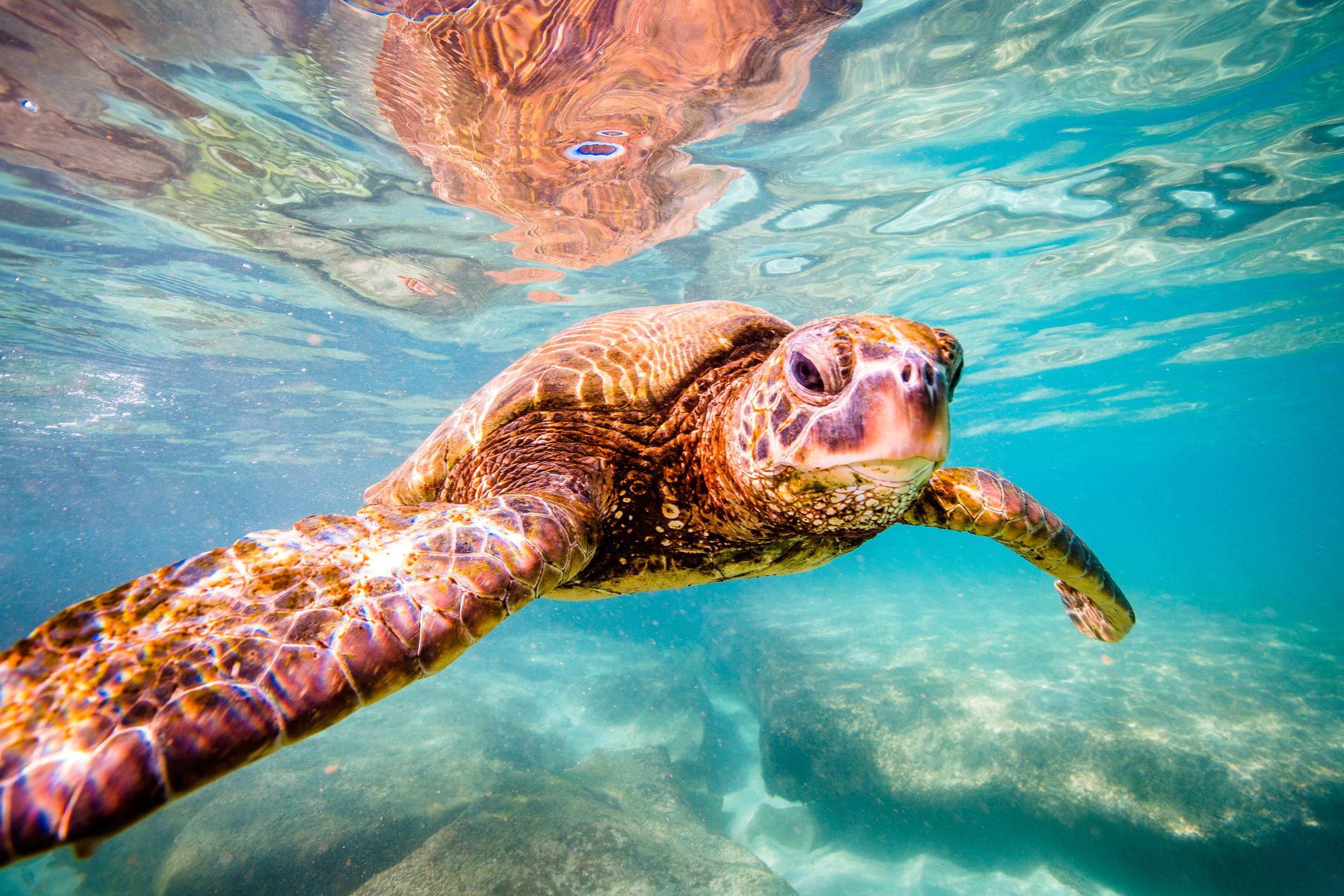The southern border of the USA has been a focal point factor for American politics for years, and the 2016 presidential race cast a spotlight on the already debatable region. What the pundits and politicians might not have considered is that borders don’t just affect people—in addition, they affect the lives of animals that stay around them. Take as an example the entrance to San Diego Bay, which’s just twelve miles from the border and Tijuana. There, researchers from NOAA were searching out an exclusive sort of migrant—inexperienced sea turtles. The scientists knew that the turtles spend a variety of time in San Diego Bay, but the key to know-how turtle populations is knowing where they breed.
Green sea turtle mothers return to the beach where they have been born every time they breed, that’s each to a few years. (Over her lifetime, a woman green sea turtle lays around a thousand eggs.) So defensive these seashores are paramount for the survival of the turtle populace when you consider that urban improvement near the turtles’ nests can confuse hatchlings. They can mistake lights on buildings for the mirrored image of the moon and stars on the sea, often main them to their deaths.

Researchers in San Diego wanted to realize where the inexperienced sea turtles lay their eggs, make their nests, and what type of protection they’re getting in which they hatch. The researchers had a few ideas: They guessed it is probably Mexico, Hawaii, Costa Rica, or the Galápagos Islands. To music the turtles down, the scientists fashioned a -pronged study, beginning with satellite trackers. Green sea turtles are best for satellite tv for pc trackers, which don’t show paintings underwater because, unlike sharks or fish, they need to return up to respire. Every time the turtle breaks the floor, the tracker pings its specific region to GPS satellites.
Between 2002 and 2009, ten females observed in San Diego Bay between January and April were equipped with trackers and tried to catch a lady on her manner to her nesting seaside. Unfortunately, out of the ten, the simplest 3 left the location for his or her nesting beaches. To supplement their statistics, the researchers in comparison the genetics of the turtles putting out around San Diego to turtles living in other locations. They observed that 71 percent of San Diego-based totally turtles probably originated from the Revillagigedo Islands, Mexico; 24 percent were hatched in Michoacán, Mexico; and the relaxation had been split between northwestern Hawaii, Costa Rica, and the Galápagos.
The trackers instructed a similar story. One turtle migrated directly from San Diego Bay to the Revillagigedo Islands, a ride that took 90 days. She then spent two hundred and thirty days across the island of Socorro, off Mexico’s western coast. Another turtle observed a similar course before everything—however, then took a sharp left flip to nest at Michoacán. The last turtle may also have nested in a completely new place, the Tres Marias islands, which aren’t recognized to be a nesting beach for green sea turtles. The final account of green sea turtles is from 1899, and studies get admission to has been confined. Since 1905, the islands have housed a federal prison that used to harbor a number of the worst prisoners in Mexico but later became used as a stepping stone to launch. Research in this island’s possible turtle populace has yet to be carried out.












